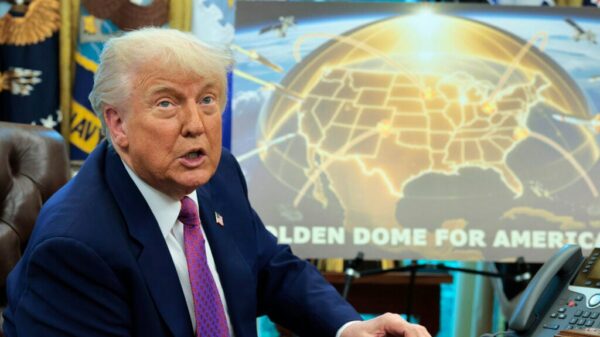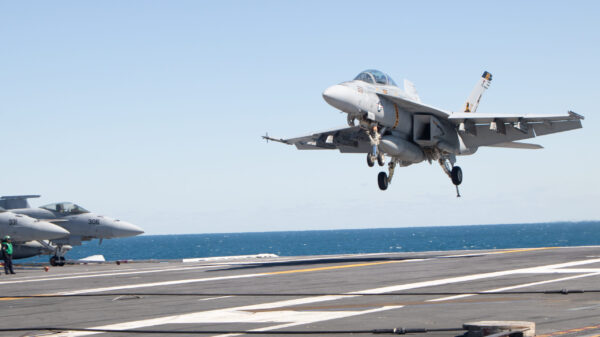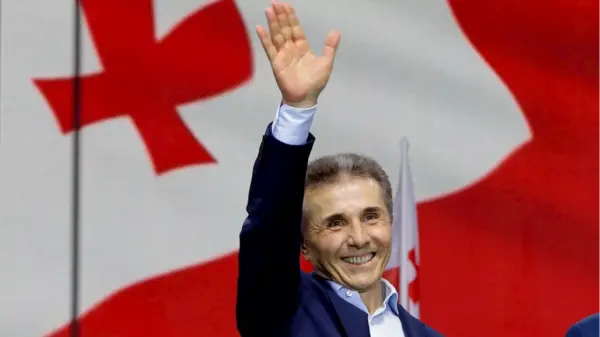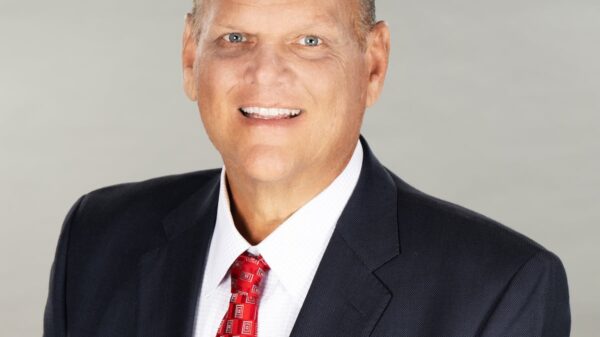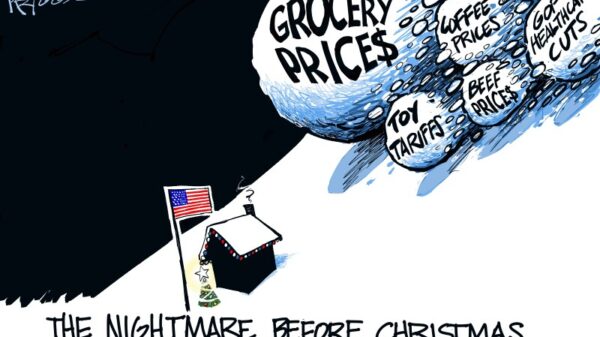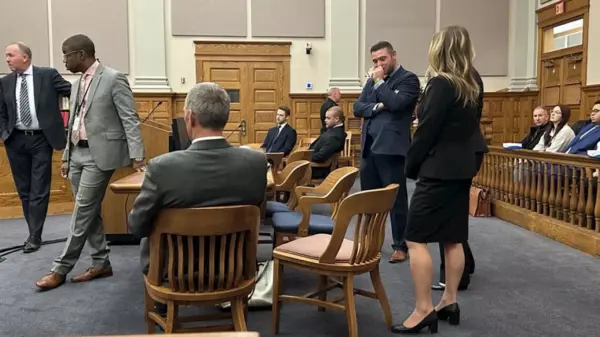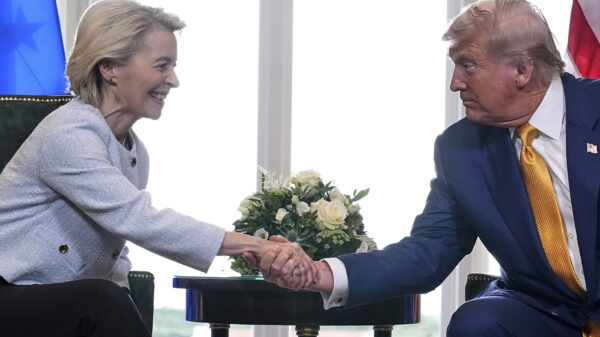The recent summit between Donald Trump and Vladimir Putin in Alaska concluded without a formal agreement, leaving both leaders with starkly contrasting expressions. As they shook hands on stage, Putin appeared relaxed and confident, while Trump’s demeanor reflected fatigue and frustration. The absence of a deal at this high-profile meeting has raised questions about the future of U.S.-Russia relations and the ongoing conflict in Ukraine.
During the press conference following the summit, Trump refrained from taking questions, a departure from his usual engagement with the media. Putin, in contrast, suggested that their next meeting could occur in Moscow, highlighting the shift in dynamics during their interactions. The summit allowed Putin to emerge from his international isolation since the invasion of Ukraine, receiving a red-carpet welcome and the opportunity to share light-hearted moments with the U.S. President.
After returning to Washington, Trump announced a new approach to the Ukraine crisis on the social media platform Truth Social. He stated, “It was determined by all that the best way to end the horrific war between Russia and Ukraine is to go directly to a Peace Agreement.” This marked a significant shift from his previous strategy, which aligned with the views of Ukrainian Prime Minister Volodymyr Zelenskyy and NATO allies. Trump’s sudden pivot raises concerns about the implications for Ukraine, as Zelenskyy has consistently opposed peace talks without a ceasefire, fearing that Russia could gain an advantage on the battlefield.
Trump’s comments following the summit emphasized that it is now up to Zelenskyy to negotiate a resolution. He indicated that a three-way meeting with Putin could follow, further complicating the diplomatic landscape. The president’s remarks suggest a willingness to entertain Putin’s desires, a stark contrast to the earlier stance of pressing for a ceasefire.
The summit was a notable moment for Putin, who has not visited U.S. soil in a decade. Their three-hour discussion did not result in the ceasefire Trump had prioritized, and the word “ceasefire” was notably absent from their statements post-summit. Trump had previously set deadlines for Russia to comply with U.S. demands, including the implementation of sanctions, yet these topics were absent from his subsequent comments.
For Trump, the challenge of resolving the Ukraine conflict remains daunting. His commitment during the 2024 campaign to settle the war by his first day in office has now exceeded 200 days without significant progress. Despite his assurances of “very severe consequences” for Russia, attacks on Ukrainian forces continue unabated. The backdrop of the summit proclaimed “PURSUING PEACE,” but Trump’s admission that “there’s no deal until there’s a deal” reflects a reality that contrasts sharply with his previous declarations of being a master negotiator.
The failure to achieve a ceasefire or a concrete plan at the Alaska summit echoes past experiences of U.S. leaders, such as Barack Obama and Joe Biden, who faced similar challenges in dealing with Putin. Historically, they have grappled with the complexities of negotiating with a leader known for his defiance and strategic maneuvering.
Despite the lack of tangible results, Trump maintained a cordial tone towards Putin, referencing their “great” relationship. As both leaders depart from the summit, the future of U.S.-Russia relations, and the ongoing conflict in Ukraine, remains uncertain, with implications that will resonate across the international community.







